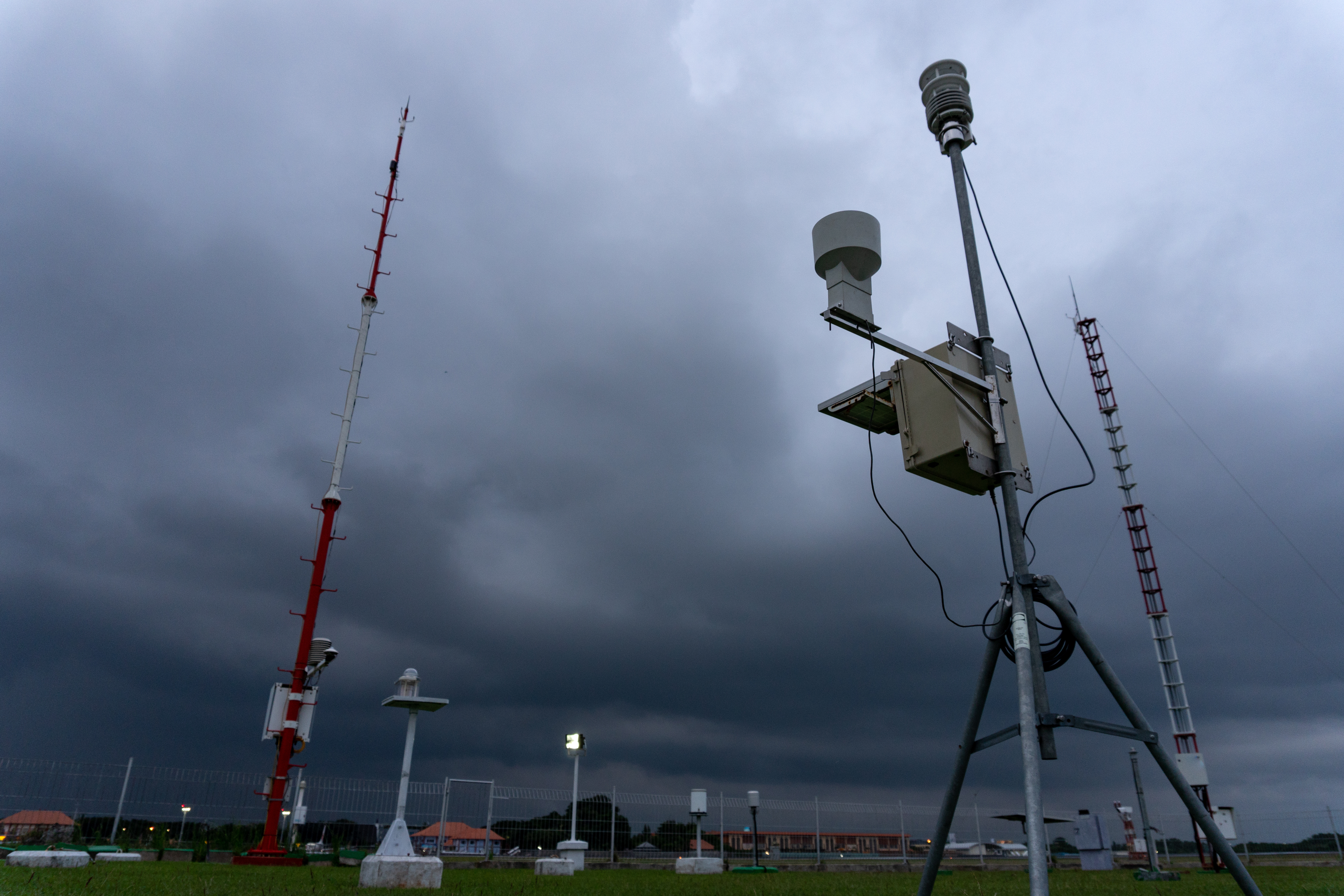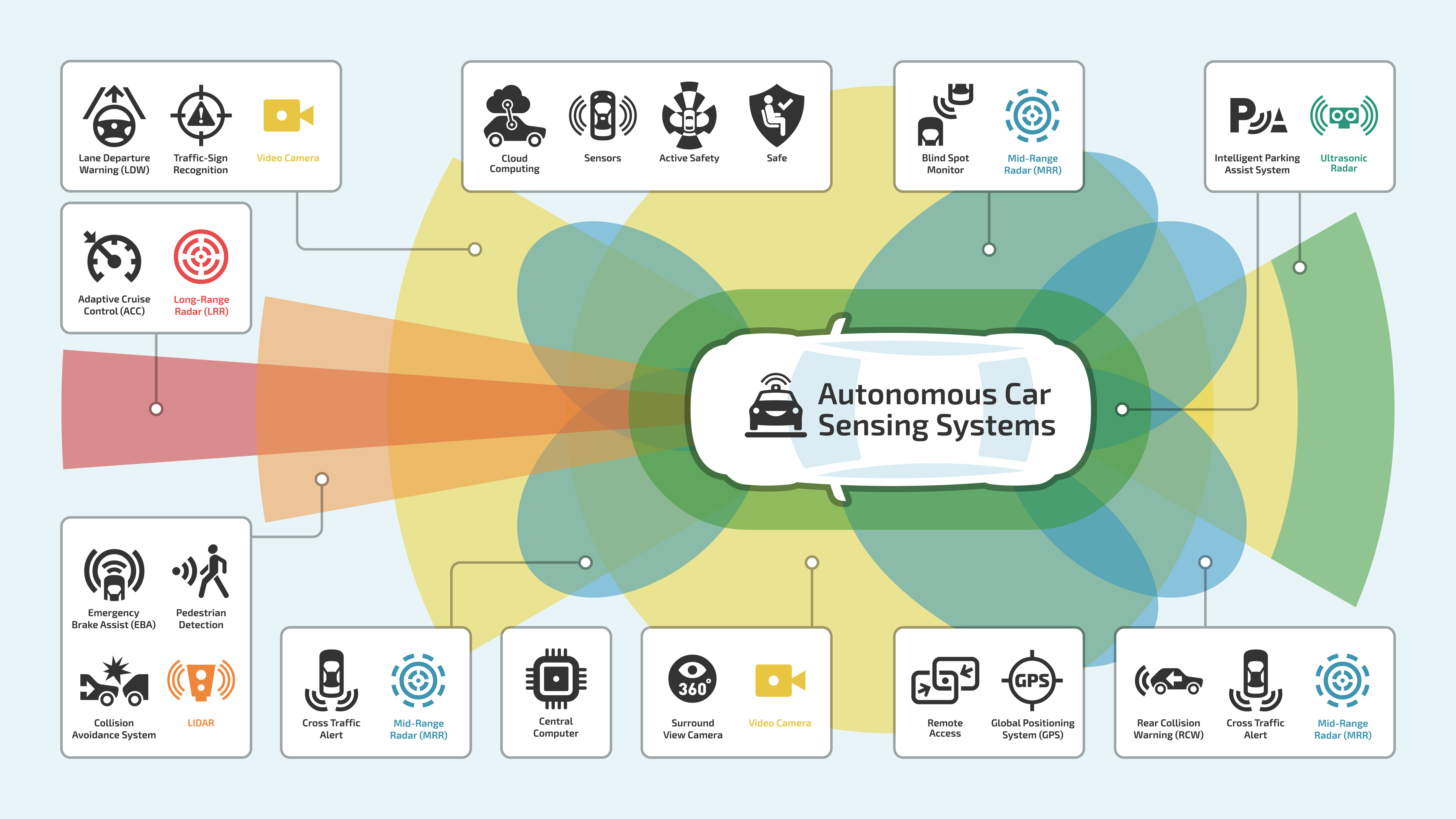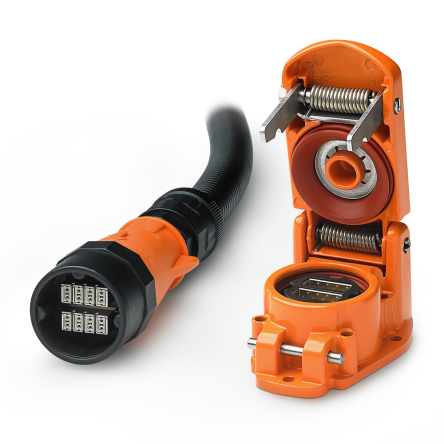Autonomous, or self-driving, vehicles are transforming the way we think about transportation. As self-driving technology advances, the potential uses of these vehicles will only continue to grow. Self-driving cars are already being tested and deployed in the United States, with many more applications on the horizon. In this blog post, we'll explore the current state of self-driving vehicles, the companies leading the way, the benefits of self-driving cars, the challenges to widespread adoption, and the future of self-driving vehicles.
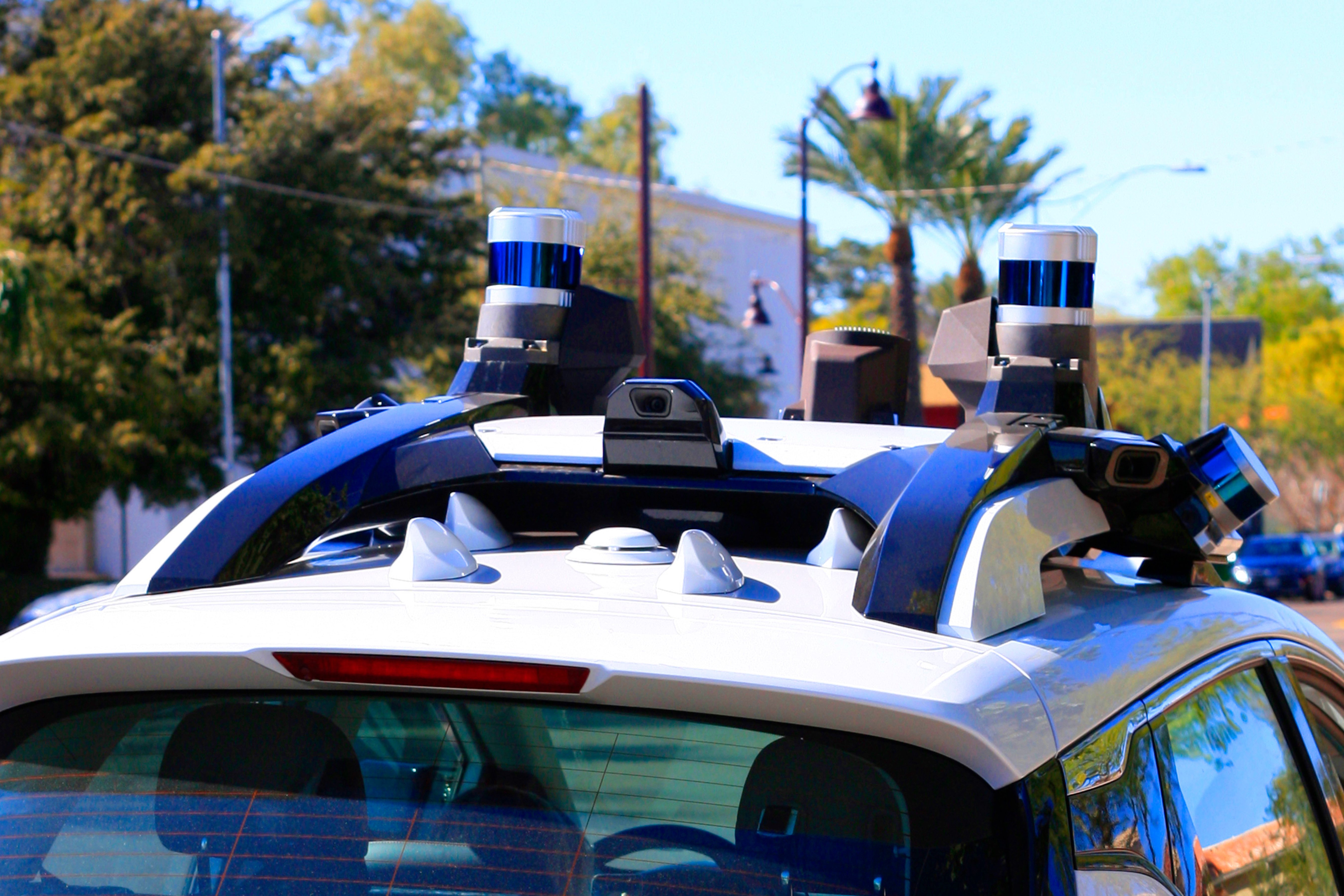
Introduction to Self-Driving Vehicles
Self-driving vehicles are cars, trucks, or other vehicles capable of sensing their environment and navigating without human input or control. These vehicles use a combination of sensors, artificial intelligence, and advanced algorithms to detect and respond to their environment. This technology allows vehicles to navigate roads, avoid obstacles, detect traffic signals, and respond to other vehicles in the area.
Self-driving vehicles are part of a more significant trend of autonomous technology, transforming how we think about transportation. They are currently being developed for various applications, such as personal transportation, commercial delivery, and public transportation. As this technology continues to mature, it will open up a world of possibilities for how we get from one place to another.
How Self-Driving Vehicles Work
Self-driving vehicles are equipped with various sensors and software to sense and respond to their environment. These vehicles use a combination of cameras, radar, lasers, and other sensors to detect their surroundings. This data is then processed by an artificial intelligence (AI) system responsible for interpreting the data and making decisions about navigating the environment.
The AI system is also responsible for responding to obstacles and other vehicles in the area. The vehicle's software is programmed with specific rules and algorithms that allow it to decide how to move safely. For example, the software might be programmed to look for other vehicles and slow down when it detects one.
The AI system is also responsible for responding to traffic signals and other rules of the road. Self-driving vehicles are programmed to obey the laws of the road, just like any other vehicle. For example, the autonomous vehicle must slow down or stop at red lights, yield to pedestrians, and obey speed limits.
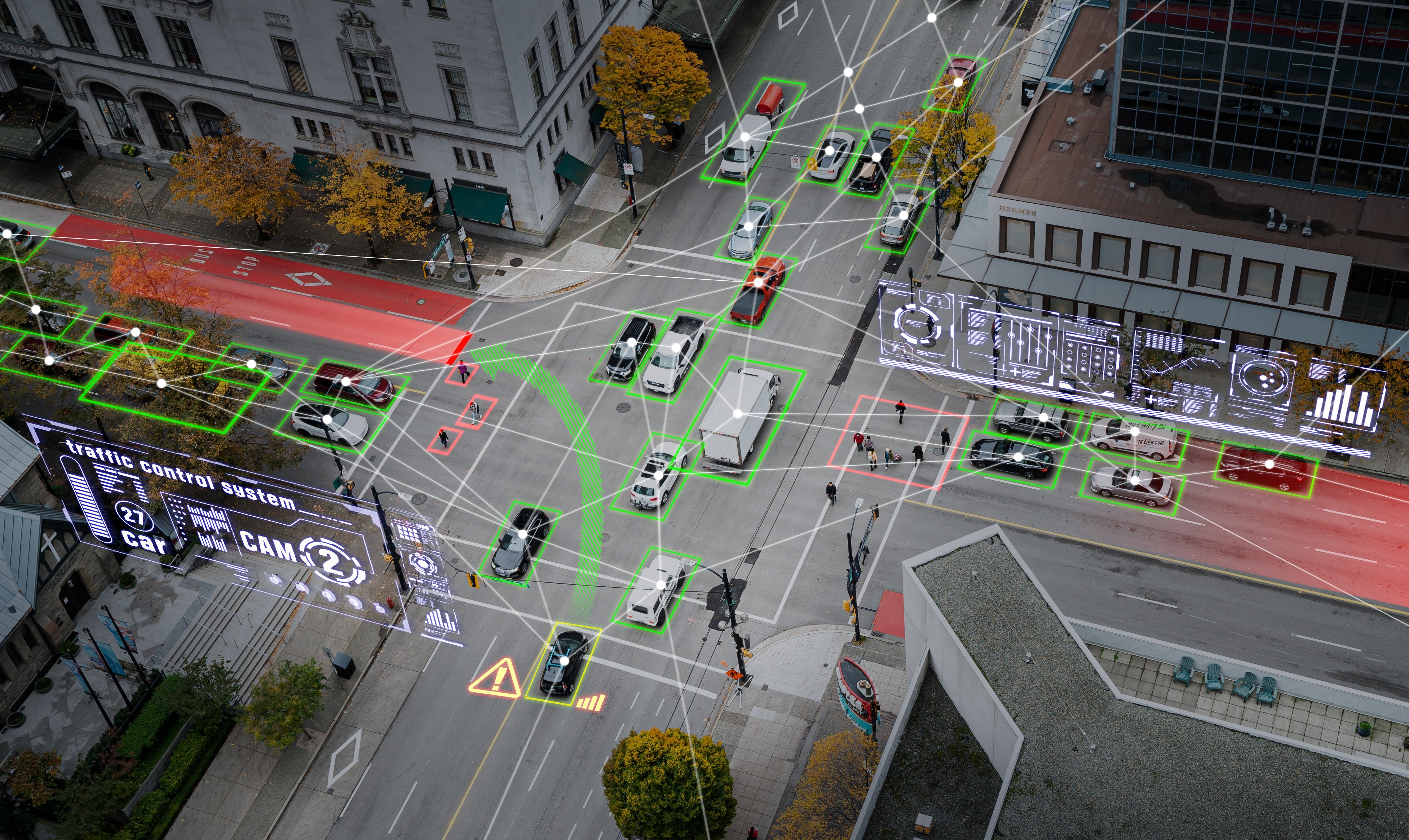
Benefits of Self-Driving Vehicles
Self-driving vehicles offer several potential benefits. The most obvious benefit is increased safety. Self-driving cars are programmed to follow road rules and make decisions that reduce the risk of accidents. In addition, these vehicles can detect obstacles and other vehicles more quickly and accurately than human drivers, which can help reduce the risk of collisions.
Self-driving vehicles also offer the potential for increased efficiency. Autonomous cars are programmed to optimize their routes to reduce fuel consumption and travel time, reducing road congestion and leading to a more efficient transportation system.
Finally, self-driving vehicles offer the potential for improved accessibility. Autonomous cars can be used to transport people who are unable to drive due to age, disability, or other factors. This will make transportation more accessible to a broader range of people and allow them to travel easier.
Challenges to Widespread Adoption of Self Driving Vehicles
Despite the potential benefits of self-driving vehicles, widespread adoption has several challenges. The most significant challenge is safety. Self-driving cars are still in the early stages of development and must be thoroughly tested before they can be deployed on public roads. To get these vehicles on the road, companies must undergo extensive testing and refinement before their UAVs are used in the real world.
In addition, there need to be more regulations and safety standards for self-driving vehicles. Many states have passed laws allowing the testing and deployment of self-driving vehicles, but there still needs to be a national standard for the technology. In addition, the safety protocols and guidelines will likely vary from state to state, which can be problematic for companies deploying their vehicles across the country.
Finally, there is the cost of self-driving vehicles. Autonomous vehicles are expensive to develop and deploy, and the cost of these vehicles can be prohibitive for many consumers. As a result, the widespread adoption of self-driving vehicles could be limited by price.
Regulations and Safety Standards
For self-driving vehicles to be widely adopted, regulations and safety standards must be in place. Several states have passed laws allowing the testing and deployment of self-driving vehicles, but there still needs to be national standards for the technology. With varying safety protocols and guidelines from state to state, this could prove problematic for companies trying to deploy their vehicles across the country.
The National Highway Traffic Safety Administration (NHTSA) is working on a set of safety standards for self-driving vehicles. These standards will guide how these vehicles should be designed, tested, and deployed. The NHTSA is also working on regulations for the testing and deploying of self-driving vehicles, which will help ensure that these vehicles are safe and follow a standard design for use on public roads.
The Future of Self-Driving Vehicles
The future of self-driving vehicles is an exciting prospect discussed for years in the USA. These vehicles are expected to revolutionize how people travel, enabling them to move around more independently and safely. Self-driving cars are already being used in many cities in the USA, and technology is rapidly advancing. Companies like Tesla have already developed self-driving technologies into vehicles that can detect and react to their environment and drive themselves.
These vehicles could transport people and goods, provide transportation to those who cannot drive, and even provide ride-hailing services. Self-driving cars could also reduce city traffic congestion, as they can navigate traffic and take the most efficient routes. The government and the private sector are investing heavily in developing this technology, and widespread acceptance could be seen soon. They will be safer, more efficient, and more convenient than traditional cars. Self-Driving Vehicles will be a significant part of the future of transportation, and the United States is leading the way in their development.

